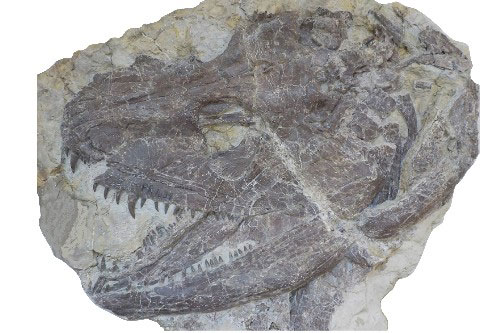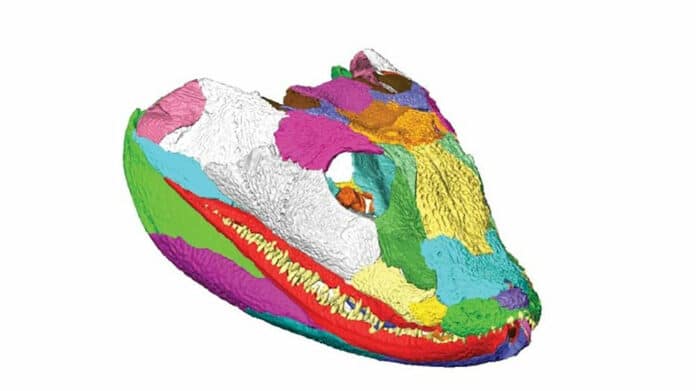Ichthyosaurs ruled the upper trophic levels of marine environments during the Jurassic Period. It is unclear whether distinct species that coexisted with one another were in competition for the same food supplies or shared dietary resources while specializing in different kinds of prey. A new study by the University of Bristol suggests that physical differences in their snouts show they evolved to have different diets and were not competing for the same resource.
The study also reveals that early Jurassic ichthyosaur juveniles show predatory specializations.
Matt Williams of Bath Royal Literary and Scientific Institution said, “Functional studies need excellent three-dimensional specimens, and the Lower Jurassic ichthyosaur fossils from Strawberry Bank in Ilminster are just that. Mary Anning’s fossils are amazing, but they are mostly squashed flat.”
Dr. Ben Moon of Bristol’s School of Earth Sciences and a study supervisor said, “Our idea was to CT scan the specimens. The scans allow us to make a detailed, 3D model of the skull in the computer, and it can then be tested for the likely forces experienced during biting.”

Supervisor Andre Rowe said, “After we had the models, we could stress test them. We tested and confirmed the hypothesis that the slender-snouted ichthyosaur had a quick but weak bite, and the broad-snouted ichthyosaur had a slow but powerful bite.”
Added author Professor Michael Benton said, “Confirming the supposition was important. We must apply rigorous scientific approaches such as these engineering analyses. The two species of ichthyosaur presumably chased fast-moving prey (the fast biter) and slower, tough-shelled prey (the slow, powerful biter).”
Sarah Jamison-Todd, who completed the work as part of her MSc in Palaeobiology, said: “I learned about CT scanning, model construction, and biomechanical testing using standard engineering software that is used to test how buildings and large structures bend.”
Prof Benton concluded: “Modern predators like sharks and killer whales tend to eat anything they can, so it is exciting to be able to show that there were definite specializations in the Jurassic. The work can be extended to explore other marine reptiles such as plesiosaurs and crocodiles, so we get a detailed picture of these amazing and alien worlds of the Jurassic oceans.”
Journal Reference:
- Sarah Jamison-Todd et al. Dietary niche partitioning in Early Jurassic ichthyosaurs from Strawberry Bank. Journal of Anatomy. DOI: 10.1111/joa.13744
